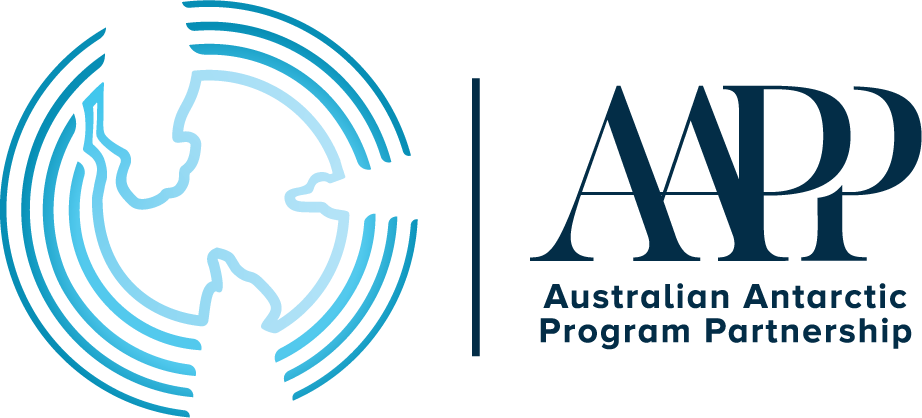PHD PROJECTS
AAPP PhD Projects and Scholarships
A number of PhD research projects related to the research program of the AAPP will be advertised below and on the University of Tasmania Graduate Research website. Applicants will be able to apply for Stipend Scholarships and fee waivers from the University of Tasmania or from other sources.
If you are interested in undertaking a PhD with the AAPP, please check this page frequently for opportunities or contact any of our researchers directly.
Project 4: Oceanography
Abstract
The Southern Ocean (SO), dominated by the Antarctic Circumpolar Current (ACC), plays a major role in regulating the transport of heat between the lower latitudes and Antarctica and vertical exchanges in the ocean. The ACC is characterised by multiple fronts and intense eddy dynamics, particularly in regions where the current interacts with topographic features. These 'hotspot' regions significantly contribute to the transfer of heat and carbon into and across the ACC. While in-situ observations are challenging and remain sparse in the SO, studies on the dynamics of eddies and their role in redistributing energy and tracers widely rely on sea surface height (SSH) data from 30-year satellite altimetry records. However, the spatial resolution of this long record is coarse and does not fully capture the fine-scale structure of eddies. Their role in heat and carbon transfer in the ocean is still an open research question.
Launched in 2022, the SWOT (Surface Water and Ocean Topography) satellite brings a much higher resolution view of this eddy dynamics, filling the gap toward smaller scales by providing an unprecedented high-resolution view of the ocean dynamics. SWOT is a game-changer in its ability to capture sharper currents and detailed oceanic features, and it will help to understand better the role of finer-scale features in exchanging and redistributing heat in the ocean, opening new possibilities for better understanding heat and carbon transfers in a changing climate.
This project will investigate the dynamics of the ACC over the first two years of the SWOT satellite record and compare it to the previous 30-year low-resolution satellite altimetry record. The objectives are to update and improve the ACC eddy and frontal dynamics monitoring in view of the novel SWOT datasets and existing oceanography theories and models. The guiding goals are identifying, understanding, and monitoring SO change in a circumpolar assessment.
Primary Supervisor
Yann-Treden Tranchant
